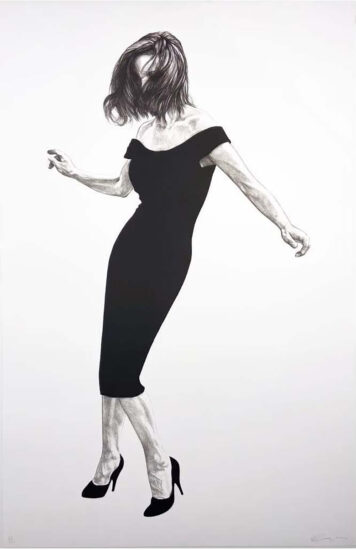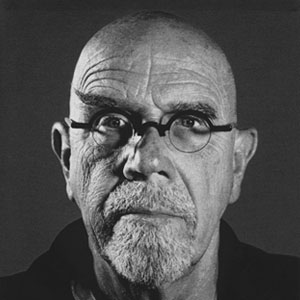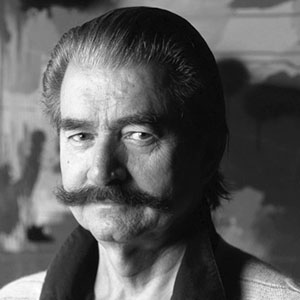
Born in 1940 in Pittsburgh, Pennsylvania, Mel Bochner was raised in an Orthodox Jewish home. His father was a sign painter who he occasionally worked for. In 1962, Mel Bochner graduated from Carnegie Mellon with a BFA. From there he went on to briefly study philosophy at Northwestern University in Chicago before taking the plunge and moving to New York in 1964. His first job in the city was as a museum guard at the Jewish Museum. In 1966 he was approached by art critic Dore Ashton at the museum, and told that he should apple for a job teaching at the School of Visual Arts in New York City – Mel Bochner received an offer and became a teacher there.
His first show was Working Drawings And Other Visible Things On Paper Not Necessarily Meant To Be Viewed As Art in 1966 the School of Visual Arts. The show consisted of Xeroxed copies of his friends’ works placed in four black binders individually placed on four white pedestals. The impetus for such a layout partially came from the fact that there was not enough money to frame and display all of the original Mel Bochner drawings he had collected. Luckily, he was adept at thinking on his feet as well as being familiar with using photographs in his artistic process. This exhibition has become known as an important show in the Conceptual Art movement.
Mel Bochner felt stuck in abstract expressionism after graduating college, though he desperately longed to move away from the artistic movement. Finally he found a niche for himself when he began to explore the usage of words in fine art, and the intersection between painting and language. He started to see ideas as more important to a piece of art than the formal techniques that created it. Thus began his so-called Thesaurus paintings. These paintings and prints consist of synonyms displayed together. He found that introducing language to the visual aspect of art meant that many interesting and novel questions were asked and explored. Such questions as: who is the audience and who is the speaker of the words.
Mel Bochner started working on monotypes in 1994. He was originally drawn to the medium because of the embossing possibilities that it provides.Mel Bochner also talks about how he likes the unpredictability of the end product in contrast with the quite careful and scientific way that his plates are cut. Firstly, Mel Bochner is working within the confines of the page and the line. There are only so many characters that can fit on a given line, and this is the baseline constraint when setting up his synonyms. Once this is tackled, rearranging begins based on the feel and look of the words next to one another. Generally there is a directionality to the words, becoming more intense or vulgar in tone as they proceed across and down the page. Finally, once the Plexiglas stencil has been cut, Mel Bochner lays it over the pre-dyed paper to discuss coloring. At times Mel Bochner chooses to use color to affirm the words, and at other times he chooses deliberately to ignore color systems and paints with no discernible pattern. To achieve total randomization, Mel Bochner will ask his assistants to pick colors. Instead of letting go of the reins of the artistic process, Mel Bochner sees this as a way of opening himself up to new possibilities and ways of looking at his art – always a valuable skill.
















